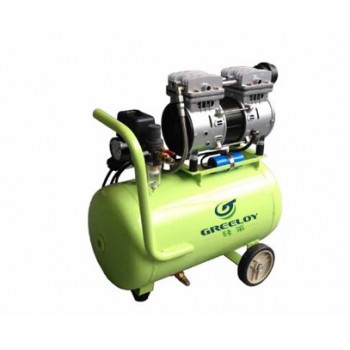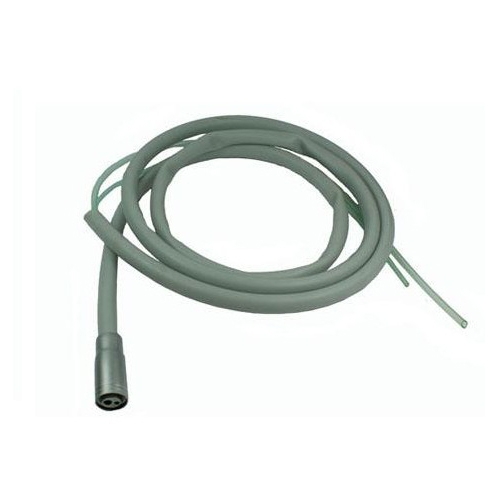The handpiece is an essential element in any dentist’s armamentarium. It is a fundamental device that can enhance—or hinder, depending on its efficiency and maintenance—the daily routine of a practice. Selecting the right handpiece is critical to helping ensure the smooth operation of everyday activities.
Innovations come and go in dentistry, with some being more impactful than others. The introduction of the air-driven handpiece nearly 60 years ago has proven to be a revolutionary advancement that genuinely changed the way dentists prepare teeth to receive dental restorative materials. The use of air-driven “high-speed” handpieces enabled clinicians to work more expeditiously with reduced trauma to the tooth and the patient. This development presented a major improvement from the “belt-driven” handpieces that preceded them and represents one of the most significant leaps forward in the era of modern dentistry.
Since it was introduced in 1957 by Dr. John Borden and DENTSPLY, several notable improvements have been made to the high-speed handpiece to make the design more ergonomic, the heads smaller for easier patient access, the turbines quieter, and bur-changing easier. Low-speed handpieces are now reserved primarily for finishing and polishing procedures, prophylaxis, and laboratory applications. Most dental delivery units contain both a low and high speed handpiece to provide the dentist with an instrument whose speed is specific to the operation that is being performed.
Electric handpieces (with variable revolutions per minute [RPM]) are also available that give dentists added benefits when compared to their traditional air-driven counterparts. One significant difference is having a specific RPM, with constant torque and less “bur chatter” (more concentric), so that when polishing or cutting through various types of tooth structure or restorative materials, the bur does not “bog down” or slow down when performing the clinical task.
In many clinical situations, an electric handpiece can perform the same functions that both an air-driven high-speed and separate low-speed unit can. Since most clinicians still prefer individual handpieces for high and low speeds so they can be more efficient chairside, this may not make a difference when choosing between the two systems; however, the higher initial investment for electric handpieces may be a consideration for some clinicians. Also, given the ability to “dial in” the desired RPM and use different contra-angles that have different gearing ratios, the electric handpiece can be custom-tailored to perform many other types of clinical procedures such as rotary endodontics, implant placement, and third molar removal (via tooth sectioning), for example. This clinical versatility is very desirable in today’s dental practices where multidisciplinary treatments are becoming increasingly common.


